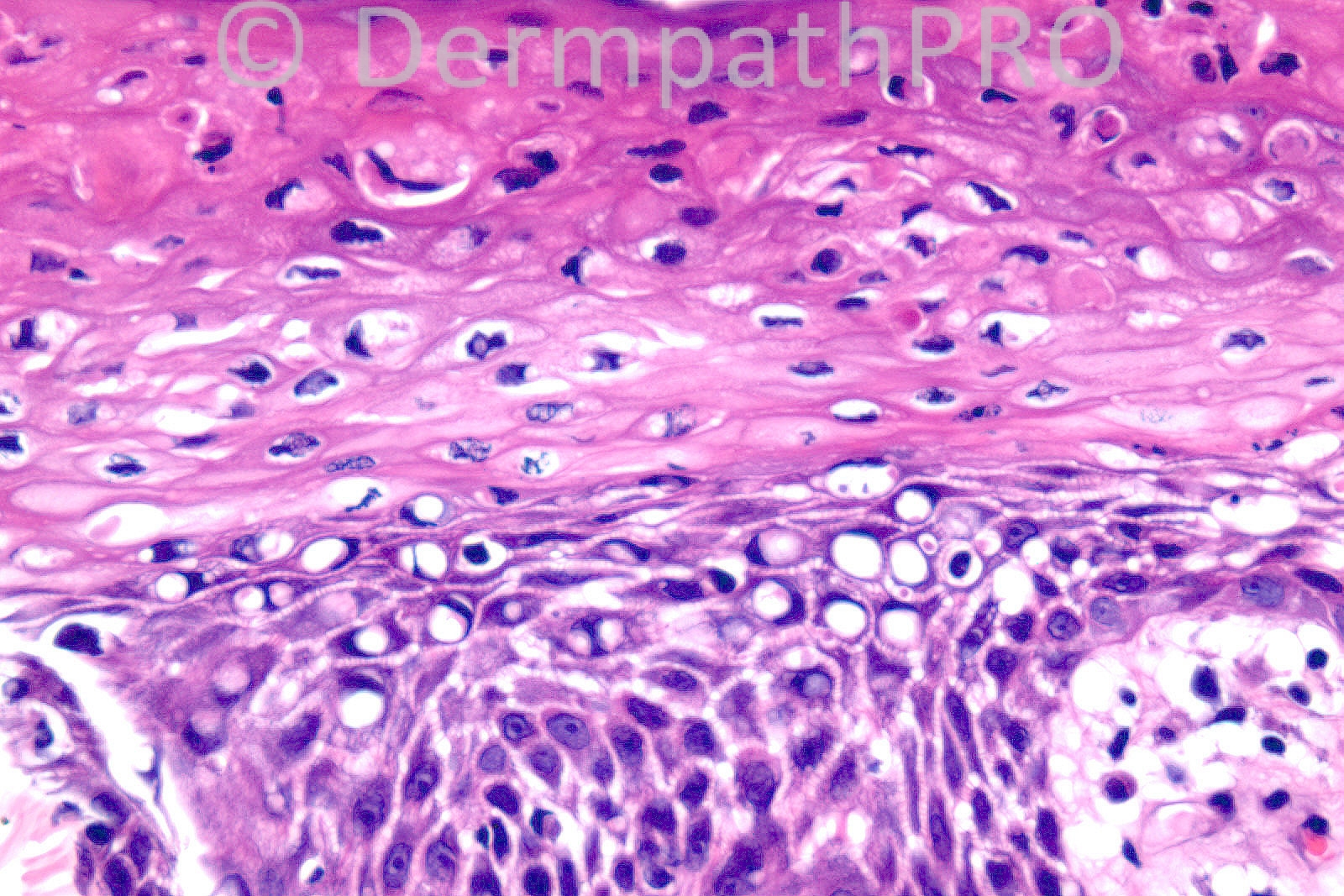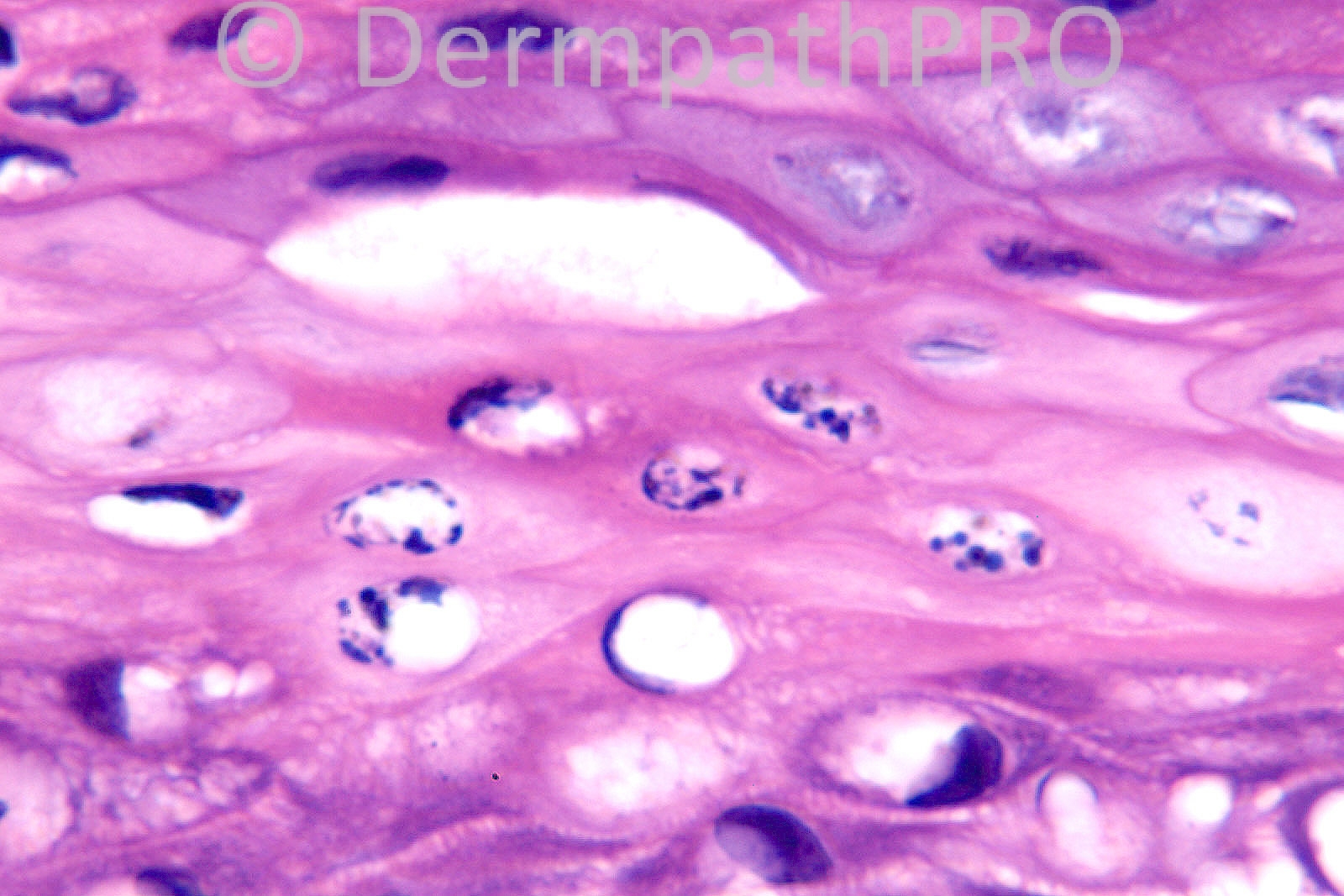Case Number : Case 557 - 27 July Posted By: Guest
Please read the clinical history and view the images by clicking on them before you proffer your diagnosis.
Submitted Date :
Male 54 years, back, 6/12 history of rash trunk and proximal limbs, comes and goes, multiple papules and plaques ?urticaria.
Case posted by Dr. Richard Carr
Case posted by Dr. Richard Carr





User Feedback